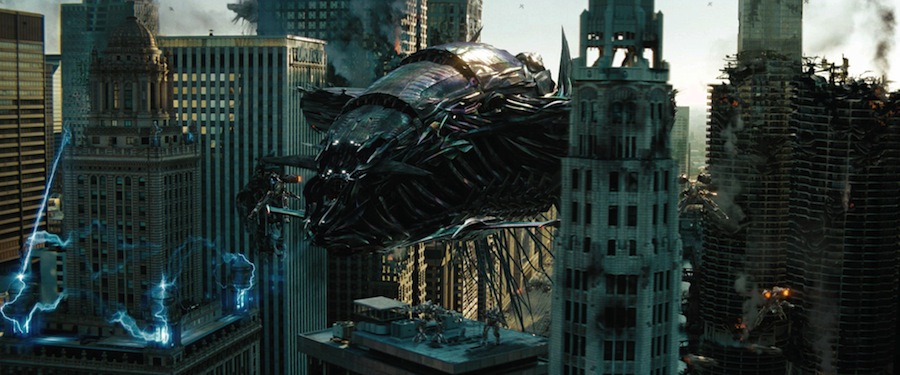3D Titans Talk Transformative Tech Page 2

While the computer-generated robots looked dazzling and detailed in 3D, the superimposed live actors had some of the "cardboard cutout" look common in some 3D movies. Perhaps this is because Bay shot the live actors mostly in a very different medium: he noted that while all of the 3D action was produced digitally, 60 percent of the movie was shot on film. He noted, though, that the movie (which will be released on July 1) is still in production and that some of the 3D effects might be amped up because in their current state they're too conservative for his taste.
Bay estimated that producing the movie in 3D increased costs substantially. "If you want to do good 3D, it's very expensive," he said. "The equipment is expensive and it comes with a lot of techs [technicians]. The special effects take about one-third more work. The total impact on the budget was about $30 million."
"But how much more will you make on this because it's in 3D?" Cameron asked rhetorically. "I bet it'll be a lot more than $30 million."
Cameron lamented that 3D is still just getting started-"With 3D, we're about where the auto industry was in 1905," he noted-but was bullish on the future of 3D technology. "Active shutter glasses are going to be replaced by passive glasses, a technology championed by Vizio and LG, so you can have a whole lot of people over and they can all watch 3D," he predicted. "We'll see autostereoscopic tablets and laptops soon that don't require special glasses. And in a few years we'll have 50- and 60-inch autostereoscopic TVs with wide viewing angles.
"Right now the big issue is content," he concluded. "We can't make enough 3D movies."
- Log in or register to post comments





























































